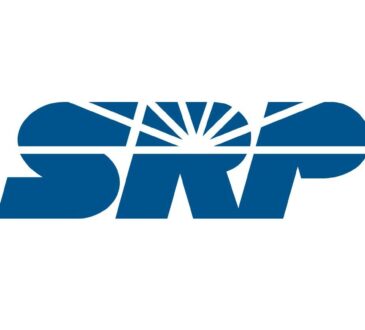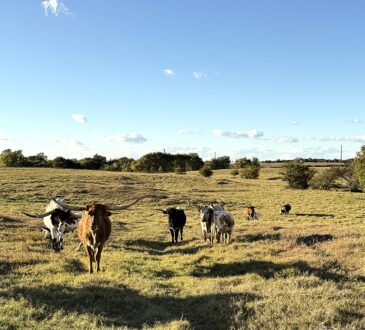
Even when a business is losing money, it’s possible for shareholders to make money if they buy a good business at the right price. For example, although software-as-a-service business Salesforce.com lost money for years while it grew recurring revenue, if you held shares since 2005, you’d have done very well indeed. But the harsh reality is that very many loss making companies burn through all their cash and go bankrupt.
So, the natural question for Q2 Metals (CVE:QTWO) shareholders is whether they should be concerned by its rate of cash burn. In this article, we define cash burn as its annual (negative) free cash flow, which is the amount of money a company spends each year to fund its growth. Let’s start with an examination of the business’ cash, relative to its cash burn.
A cash runway is defined as the length of time it would take a company to run out of money if it kept spending at its current rate of cash burn. As at August 2025, Q2 Metals had cash of CA$28m and no debt. In the last year, its cash burn was CA$13m. So it had a cash runway of about 2.2 years from August 2025. Arguably, that’s a prudent and sensible length of runway to have. You can see how its cash balance has changed over time in the image below.
See our latest analysis for Q2 Metals
Because Q2 Metals isn’t currently generating revenue, we consider it an early-stage business. Nonetheless, we can still examine its cash burn trajectory as part of our assessment of its cash burn situation. Over the last year its cash burn actually increased by 7.1%, which suggests that management are increasing investment in future growth, but not too quickly. That’s not necessarily a bad thing, but investors should be mindful of the fact that will shorten the cash runway. Q2 Metals makes us a little nervous due to its lack of substantial operating revenue. So we’d generally prefer stocks from this list of stocks that have analysts forecasting growth.
While its cash burn is only increasing slightly, Q2 Metals shareholders should still consider the potential need for further cash, down the track. Issuing new shares, or taking on debt, are the most common ways for a listed company to raise more money for its business. One of the main advantages held by publicly listed companies is that they can sell shares to investors to raise cash and fund growth. By looking at a company’s cash burn relative to its market capitalisation, we gain insight on how much shareholders would be diluted if the company needed to raise enough cash to cover another year’s cash burn.




